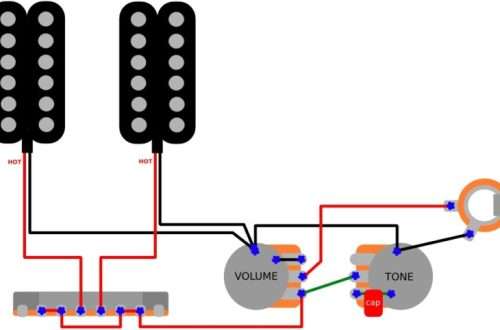Melismas in music: main types of decorations
Contents
Melismas in music are so-called decorations. Melisma signs refer to the signs of abbreviated musical notation, and the purpose of using these same decorations is to colorize the main pattern of the melody being performed.
Melismas originally originated in singing. In European culture there once existed, and in some Eastern cultures it still exists, a melismatic style of singing – singing with a large number of chants of individual syllables of the text.
Melismas played a big role in ancient operatic music, in that area they included various types of vocal ornamentation: for example, roulades and coloraturas, which singers inserted with great pleasure into their virtuoso arias. From about the same time, that is, from the 17th century, decorations began to be used quite widely in instrumental music.
What types of melismas are there?
These melodic figures are usually performed at the expense of the sounding time of the previous notes, or at the expense of those notes that are decorated with melisma. That is why the duration of such a revolution is usually not taken into account in the duration of the takt.
The main types of melismas are: trill; gruppetto; long and short grace note; mordent.
Each type of melisma in music has its own established and previously known rules for performance, and its own sign in the system of musical notations.
What is a trill?
A trill is a rapid, repeated alternation of two sounds of short duration. One of the trill sounds, usually the lower one, is designated as the main sound, and the second as an auxiliary sound. A sign denoting a trill, usually with a small continuation in the form of a wavy line, is placed above the main sound.
The duration of the trill is always equal to the duration of the note chosen by the main melisma sound. If the trill needs to start with an auxiliary sound, then it is indicated by a small note coming before the main one.
Devil’s trills…
Regarding trills, there is a beautiful poetic comparison between them and the singing of stits, which, however, can also be attributed to other melismas. but only if appropriate imagery is observed – for example, in musical works about nature. There are simply other trills – devilish, evil, for example.
How to perform a gruppetto?
The decoration of the “gruppetto” lies in the fairly rapid execution of a sequence of notes, which represents the singing of the main sound with an upper and lower auxiliary note. The distance between the main and auxiliary sounds is usually equal to a second interval (that is, these are adjacent sounds or adjacent keys).
A gruppetto is usually indicated by a curl resembling the mathematical infinity sign. There are two types of these curls: starting from the top and starting from the bottom. In the first case, the musician must begin the performance from the upper auxiliary sound, and in the second (when the curl begins at the bottom) – from the lower one.
In addition, the duration of the sound of melisma also depends on the location of the sign that denotes it. If it is located above a note, then the melisma must be performed throughout its duration, but if it is located between notes, then its duration is equal to the second half of the sound of the indicated note.
Short and long grace note
This melisma is one or more sounds that come immediately before the sound being decorated. The grace note can be both “short” and “long” (often it is also called “long”).
A short grace note can sometimes (and even more often than not this is the case) consist of just one sound, which in this case is indicated by a small eighth note with a crossed out stem. If there are several notes in a short grace note, they are designated as small sixteenth notes and nothing is crossed out.
A long or prolonged grace note is always formed with the help of one sound and is included in the duration of the main sound (as if sharing one time with it for two). Usually indicated by a small note of half the duration of the main note and with an uncrossed stem.
Mordent crossed and uncrossed
Mordent is formed from an interesting crushing of a note, as a result of which the note seems to crumble into three sounds. They are two main and one auxiliary (the one that wedges in and, in fact, crushes) sounds.
An auxiliary sound is an upper or lower adjacent sound, which is set according to the scale; sometimes, for greater sharpness, the distance between the main and auxiliary sound is compressed to a semitone with the help of additional sharps and flats.
Which auxiliary sound to play – upper or lower – can be understood by how the mordent symbol is depicted. If it is not crossed out, then the auxiliary sound should be a second higher, and if, on the contrary, it is crossed out, then lower.
Melismas in music are an excellent way to give a melody lightness, a peculiar whimsical character, and a stylistic coloration for ancient music, without using changes in the rhythmic pattern (at least in musical notation).





